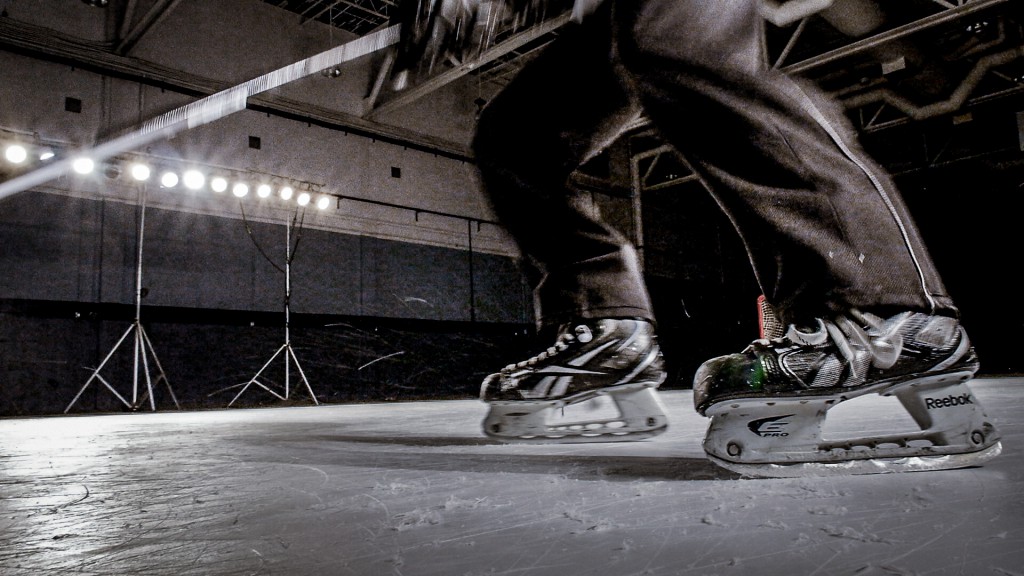Synthetic Ice Skating Series – Part 2 of 3 – Turns

Welcome back to the Synthetic Ice Skating Series!
In Part 2, Jim Vitale and Jeremy Rupke go over turning and more importantly, sharp turns!
Vitale is an advocate for extreme edges on a turn. There is a fine line between stopping completely or having the right power to accelerate into a turn. Digging your skate into the ice enough to make you strong on your feet while still accelerating on a turn is key. The speed at which a player turns always depends on the situation on the ice. Do you have a defender coming in hot?
 Are you in the corner with a defender at your back? Are you turning in the neutral zone? Do you suddenly have to turn for a back check? There are so many situations that as a player you need to simply practice these dynamic situations to understand how aggressive and intense you need to be making those turns.
Are you in the corner with a defender at your back? Are you turning in the neutral zone? Do you suddenly have to turn for a back check? There are so many situations that as a player you need to simply practice these dynamic situations to understand how aggressive and intense you need to be making those turns.
The scientific challenge behind this is called “inertia,” which is a mass of resistance that challenges you to change directions. When you change in motion (a turn for instance) your body/mass begins to resist changing with that motion and wants to continue going straight. So, when you turn your skates at a high speed there is a moment where your body or mass wants to continue going the way it was initially (straight). A good athlete can manage that inertia by avoiding their body wanting to go in a different direction than where their brain wants to go. So how do we get rid of that momentum that wants to keep us from going straight?
First, Vitale shares the best tip to a good turn: “Dropping your weight by bending your knees during a turn.”
This will help you accelerate during a turn and keep your balance at that high speed. You will not be able to control your turn by remaining stiff or standing straight up since your body will take that momentum and force to turn much more widely and slowly. Also, no matter where you turn (left or right) you’re going to want to put your force on the outside edge of your inside leg.
So, if you’re turning left, you will put force on your inside leg (left leg) on your outside edge of that skate. If you keep your leg straight and not on the outside edge, your left leg will then want to continue straight rather than turn and that forces you to use much more strength or worse, blow a tire and allow the other team an odd man rush.
Next, Vitale advises to “scissor out your outside leg,” which means you want your outside leg wider rather than close to your turning/inside leg. By doing that, it helps with stability and speed in the turn itself. Widening your base of support (legs) is key to a fast and strong turn. Having your legs too close together in a turn makes you wobbly and unstable so avoid that as much as possible. Amongst the debate between where to put your weight during a turn (outside or inside leg), Jim unequivocally says the inside leg where your pressure should be almost on your heels on your inside leg, so you don’t fall forward and just a little bit of pressure on the outside leg to keep you balanced.
Lastly, Coach says: “FALL AND FALL AGAIN!”
If you’re careful, cautious and hesitant, these turns will never become natural. By falling and making mistakes, you can reflect on what does and does not work. So, for all your speedsters, take these turning tips and add them to your game!
For all the best hockey training products, including Synthetic Ice – Revolution Tiles and Extreme Glide Synthetic Ice, visit www.HOCKEYSHOT.com.
(May 14, 2018)









